Wechsler Cubes
"Confusion is nothing new."
— Song lyric, Cyndi Lauper
Part I:
Magister Ludi
Hermann Hesse's 1943 The Glass Bead Game (Picador paperback, Dec. 6, 2002, pp. 139-140)–
"For the present, the Master showed him a bulky memorandum, a proposal he had received from an organist– one of the innumerable proposals which the directorate of the Game regularly had to examine. Usually these were suggestions for the admission of new material to the Archives. One man, for example, had made a meticulous study of the history of the madrigal and discovered in the development of the style a curved that he had expressed both musically and mathematically, so that it could be included in the vocabulary of the Game. Another had examined the rhythmic structure of Julius Caesar's Latin and discovered the most striking congruences with the results of well-known studies of the intervals in Byzantine hymns. Or again some fanatic had once more unearthed some new cabala hidden in the musical notation of the fifteenth century. Then there were the tempestuous letters from abstruse experimenters who could arrive at the most astounding conclusions from, say, a comparison of the horoscopes of Goethe and Spinoza; such letters often included pretty and seemingly enlightening geometric drawings in several colors."
Part II:
A Bulky Memorandum
From Siri Hustvedt, author of Mysteries of the Rectangle: Essays on Painting (Princeton Architectural Press, 2005)– What I Loved: A Novel (Picador paperback, March 1, 2004, page 168)–
A description of the work of Bill Wechsler, a fictional artist:
"Bill worked long hours on a series of autonomous pieces about numbers. Like O's Journey, the works took place inside glass cubes, but these were twice as large– about two feet square. He drew his inspiration from sources as varied as the Cabbala, physics, baseball box scores, and stock market reports. He painted, cut, sculpted, distorted, and broke the numerical signs in each work until they became unrecognizable. He included figures, objects, books, windows, and always the written word for the number. It was rambunctious art, thick with allusion– to voids, blanks, holes, to monotheism and the individual, the the dialectic and yin-yang, to the Trinity, the three fates, and three wishes, to the golden rectangle, to seven heavens, the seven lower orders of the sephiroth, the nine Muses, the nine circles of Hell, the nine worlds of Norse mythology, but also to popular references like A Better Marriage in Five Easy Lessons and Thinner Thighs in Seven Days. Twelve-step programs were referred to in both cube one and cube two. A miniature copy of a book called The Six Mistakes Parents Make Most Often lay at the bottom of cube six. Puns appeared, usually well disguised– one, won; two, too, and Tuesday; four, for, forth; ate, eight. Bill was partial to rhymes as well, both in images and words. In cube nine, the geometric figure for a line had been painted on one glass wall. In cube three, a tiny man wearing the black-and-white prison garb of cartoons and dragging a leg iron has
— End of page 168 —
opened the door to his cell. The hidden rhyme is "free." Looking closely through the walls of the cube, one can see the parallel rhyme in another language: the German word drei is scratched into one glass wall. Lying at the bottom of the same box is a tiny black-and-white photograph cut from a book that shows the entrance to Auschwitz: ARBEIT MACHT FREI. With every number, the arbitrary dance of associations worked togethere to create a tiny mental landscape that ranged in tone from wish-fulfillment dream to nightmare. Although dense, the effect of the cubes wasn't visually disorienting. Each object, painting, drawing, bit of text, or sculpted figure found its rightful place under the glass according to the necessary, if mad, logic of numerical, pictorial, and verbal connection– and the colors of each were startling. Every number had been given a thematic hue. Bill had been interested in Goethe's color wheel and in Alfred Jensen's use of it in his thick, hallucinatory paintings of numbers. He had assigned each number a color. Like Goethe, he included black and white, although he didn't bother with the poet's meanings. Zero and one were white. Two was blue. Three was red, four was yellow, and he mixed colors: pale blue for five, purples in six, oranges in seven, greens in eight, and blacks and grays in nine. Although other colors and omnipresent newsprint always intruded on the basic scheme, the myriad shades of a single color dominated each cube.
The number pieces were the work of a man at the top of his form. An organic extension of everything Bill had done before, these knots of symbols had an explosive effect. The longer I looked at them, the more the miniature constructions seemed on the brink of bursting from internal pressure. They were tightly orchestrated semantic bombs through which Bill laid bare the arbitrary roots of meaning itself– that peculiar social contract generated by little squiggles, dashes, lines, and loops on a page."
Part III:
Wechsler Cubes
(named not for
Bill Wechsler, the
fictional artist above,
but for the non-fictional
David Wechsler) –
Part IV:
A Magic Gallery
|
ZZ
WW
Figures from the
Kaleidoscope Puzzle
of Steven H. Cullinane:


Poem by Eugen Jost:
Zahlen und Zeichen,
Wörter und Worte
Mit Zeichen und Zahlen
vermessen wir Himmel und Erde
schwarz
auf weiss
schaffen wir neue Welten
oder gar Universen
Numbers and Names,
Wording and Words
With numbers and names
we measure heaven and earth
black
on white
we create new worlds
and universes
English translation
by Catherine Schelbert
A related poem:
Alphabets
by Hermann Hesse
From time to time
we take our pen in hand
and scribble symbols
on a blank white sheet
Their meaning is
at everyone's command;
it is a game whose rules
are nice and neat.
But if a savage
or a moon-man came
and found a page,
a furrowed runic field,
and curiously studied
lines and frame:
How strange would be
the world that they revealed.
a magic gallery of oddities.
He would see A and B
as man and beast,
as moving tongues or
arms or legs or eyes,
now slow, now rushing,
all constraint released,
like prints of ravens'
feet upon the snow.
He'd hop about with them,
fly to and fro,
and see a thousand worlds
of might-have-been
hidden within the black
and frozen symbols,
beneath the ornate strokes,
the thick and thin.
He'd see the way love burns
and anguish trembles,
He'd wonder, laugh,
shake with fear and weep
because beyond this cipher's
cross-barred keep
he'd see the world
in all its aimless passion,
diminished, dwarfed, and
spellbound in the symbols,
and rigorously marching
prisoner-fashion.
He'd think: each sign
all others so resembles
that love of life and death,
or lust and anguish,
are simply twins whom
no one can distinguish…
until at last the savage
with a sound
of mortal terror
lights and stirs a fire,
chants and beats his brow
against the ground
and consecrates the writing
to his pyre.
Perhaps before his
consciousness is drowned
in slumber there will come
to him some sense
of how this world
of magic fraudulence,
this horror utterly
behind endurance,
has vanished as if
it had never been.
He'll sigh, and smile,
and feel all right again.
— Hermann Hesse (1943),
"Buchstaben," from
Das Glasperlenspiel,
translated by
Richard and Clara Winston
|










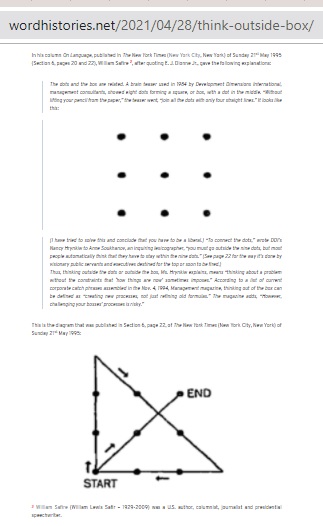













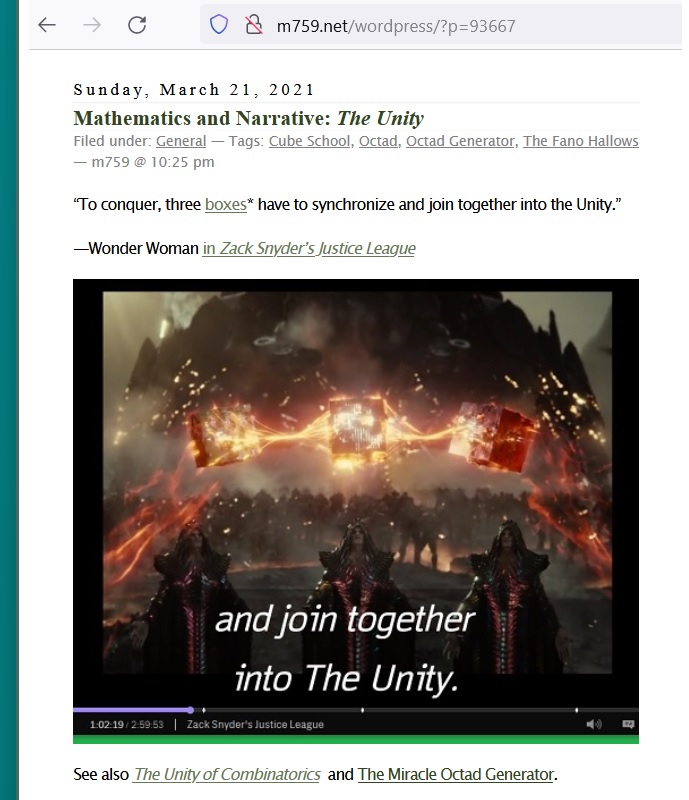







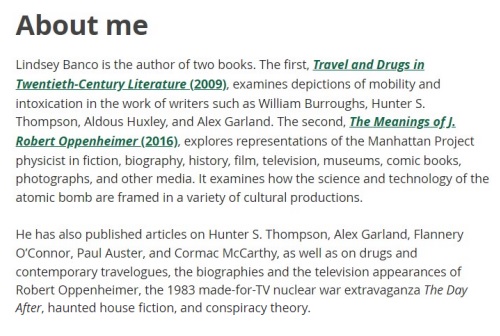










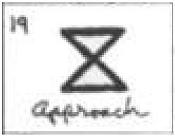





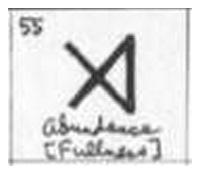
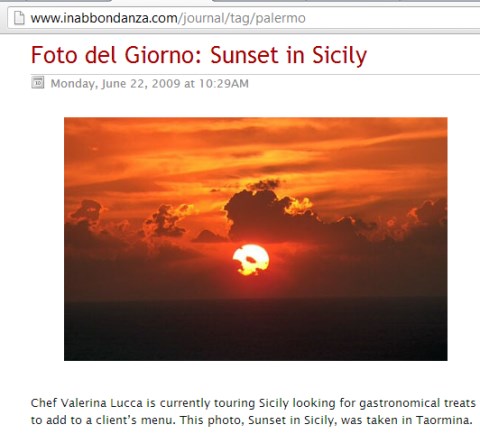






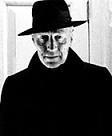


















 .
. .
.







